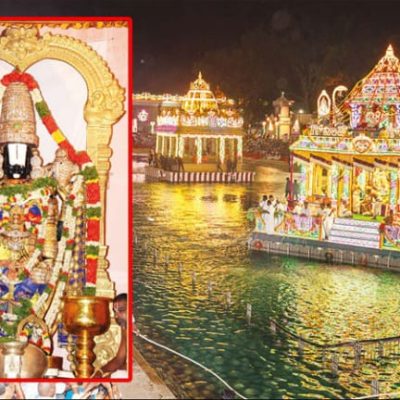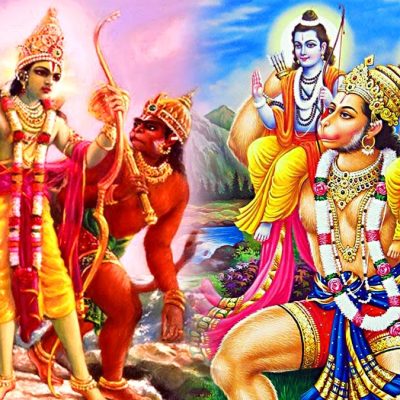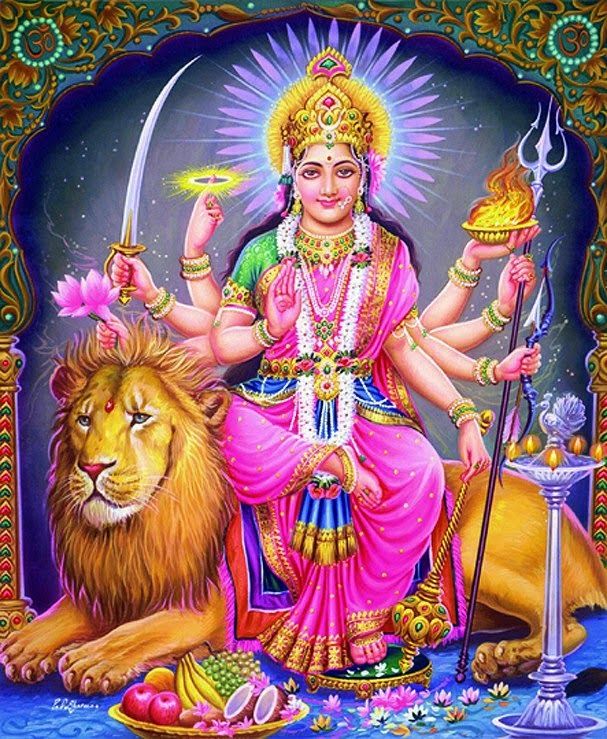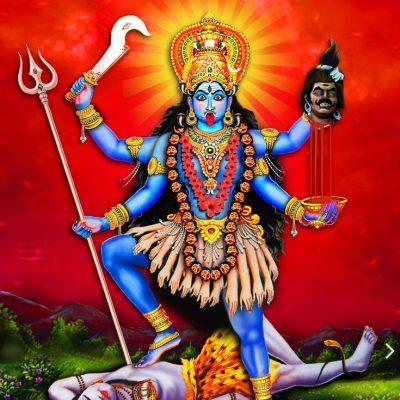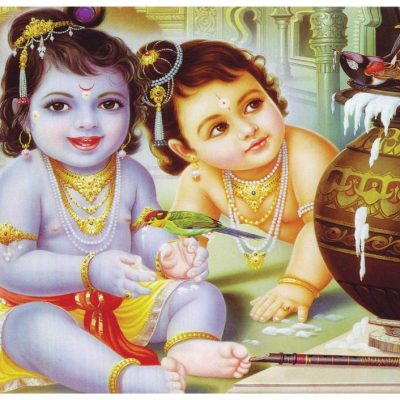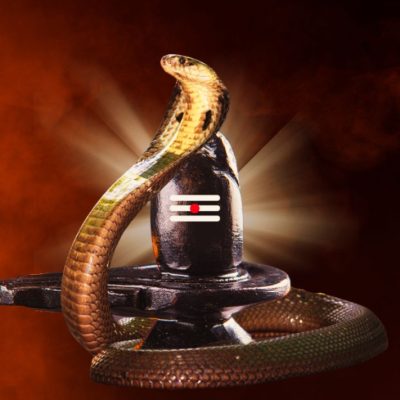Srikurmam Kurmanathaswamy Temple, Andhra Pradesh

Address
Srikurmam Kurmanathaswamy Temple, Andhra Pradesh
Srikurmam Rd, Srikurmam,
Andhra Pradesh 532404
Moolavar
Kurmanathaswamy
Amman
Lakshmi as Kurmanayaki.
Introduction
- Location: Srikurmam village, Srikakulam district, Andhra Pradesh, India
- Dedicated To: Lord Vishnu in his Kurma (tortoise) avatar, and his consort Lakshmi (Kurmanayaki)
- Built In: 11th century, Eastern Chalukyan style
- Architectural Style: Dravida architecture
Puranic Significance:
- Only known temple dedicated to Vishnu’s Kurma avatar
- Also features both tortoise and anthropomorphic forms of Vishnu and Lakshmi
- Key center for Vaishnavism in medieval India
- Stories of Swetha Chakravarthi and Vishnu’s divine intervention are central to the temple’s origin
- Unique mix of Vaishnava, Shaiva, and Shakti iconography
Special Features:
- Unique gopuram and two dhvajasthambas (flagpoles)
- Sanctum designed with an ashtadala padmam (eight-petaled lotus)
- Direct access for devotees to offer prayers
- Idol of Kurmanathaswamy made of black stone, appears golden due to sandalwood paste
- Shrines for Kurmanayaki (Lakshmi) and other deities
- Temple tank (Swetha Pushkarani) linked to legends involving Krishna
- 108 unique ekasila pillars with inscriptions
- Tortoise conservation park for star tortoises
Festivals:
- Major festival: Dolotsavam (3-day celebration)
- Other significant festivals: Kalyanotsavam (Vaisakha Suddha Ekadasi), Kurma Jayanthi (Jyeshta Bahula Dwadasi), Mukkoti Ekadasi
- Shaivite and Vaishnavite traditions are observed









Century/Period
11th Century
Nearest Bus Station
Srikakulam
Nearest Railway Station
Srikakulam railway station
Nearest Airport
Visakhapatnam



